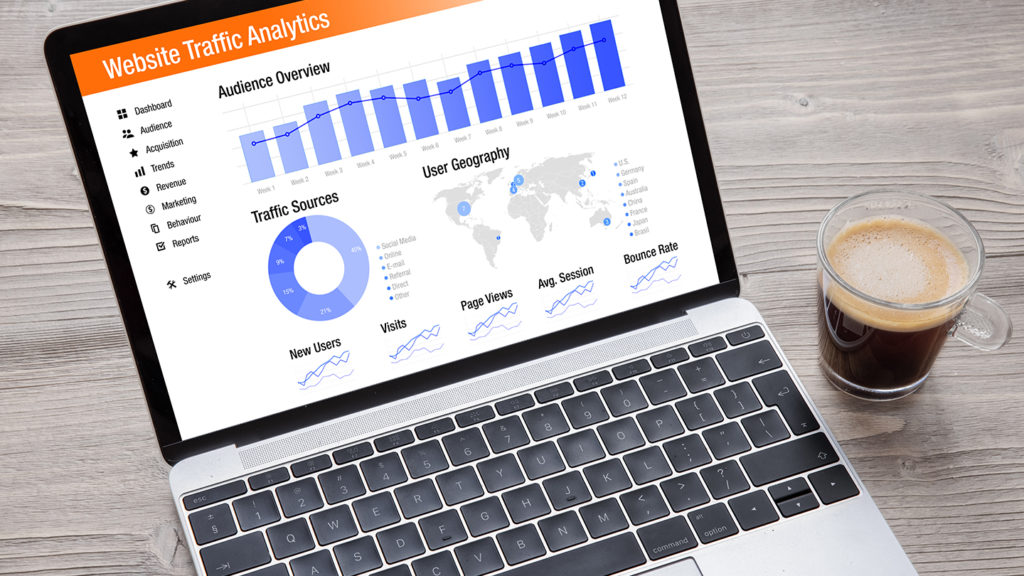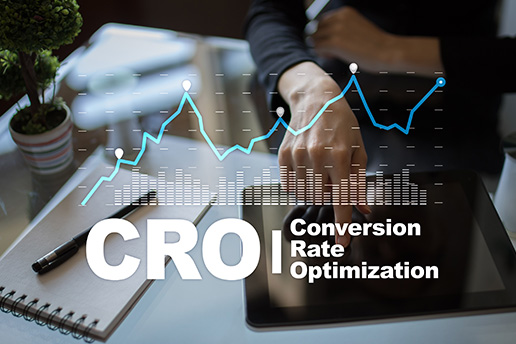Designing a website is not just about the looks of the website. In today’s competitive digital environment, how the website functions and its ability to attract and convert users into fruitful leads are important. However, many websites still suffer from frequent but easily fixable mistakes that harm their search engine optimization (SEO).
A website that attracts the correct audience, gets leads that convert, and accurately represents your brand has achieved the trifecta of potent website design. However, though it isn’t simple to create a website that delivers all three things successfully, it is not impossible.
The design of the website is the main focus for website designers ad brand managers. They are overtly concerned about how the website looks and whether or not it represents the correct brand image. This can cause a struggle between function and form. However, you should not discount the value of SEO in bringing the appropriate audience and generating leads.
Below are a few SEO mistakes that you must avoid while working on your website.
6 SEO mistakes that can kill your SEO ranking
1) Not conducting adequate keyword research:
Though SEO is not limited to keywords, a keyword strategy should definitely be in place for great SEO results. It is critical that you optimize using the right keywords, as over 80 percent of solution and product decisions begin with a Google keyword search. You need to ask what search terms the consumers use to find a service or product like yours. Utilize the Google keyword planner tool first and then type those keywords into Google to understand the results that are provided. It is crucial to :
- Avoid being overtly broad to avoid getting irrelevant results.
- If you are conducting business in a certain location, act locally.
- Be specific (thinking long-tail is accepted as they will bring you genuine and better quality traffic)
- Avoid stuffing your website with all ‘highly competitive keywords. (otherwise, you will be spinning your wheels and producing little)
- Do not focus extensively on the number of searches monthly for the keywords you selected.
- Do not forget to check out your recent analytics and notice what is currently generating visitors.
- Not using analytics related to the sponsored search. (if you use Google Ads)
The key takeaway here is to make time to assemble a good, well-rounded list.
Do not be averse to the idea of updating the list occasionally. They should not be unchangeable.
2) Not employing your keywords correctly:
This is again an important reply to the question of what are the common SEO mistakes. You must start using the keyword list after developing it. It can be surprising to see the number of companies with a list of keywords that do not use it. Having said that, there are incorrect ways of using keywords, and as we are focussing on mistakes, let us discuss those. Do not use them too much. Keyword stuffing is no longer acceptable and can result in penalties. When creating content or copy, insert them naturally. However, take care to put them in the correct places, such as H1s, H2s, etc. You must also use keywords in alt image tags and Meta descriptions and titles.
To make sure that you have the material to support your keywords, map them to pages of your website. Avoid mapping too many on a single page. It is recommended not to optimize more than two closely related keywords for each spread, or else you risk spreading your content too thin.
3) Ignoring (or copying) Meta descriptions and titles:
It is frequently discussed that while Meta descriptions are not a Google ranking factor, Meta titles are, so why pay heed to them? It is because they aid users in identifying the need to click on a Google search result. It explains what users may anticipate about the content; it serves as your website’s sales pitch. Therefore, it is significant. Additionally, it might have an impact on the bounce rate of the website, which is a factor for ranking indirectly. Bounces are used by Google to understand whether the content is suitable for the search. If it is not suitable, you won’t appear in the search results anymore. That might or might not be a favorable thing. However, you must make sure that the meta descriptions are written well to inform a consumer what they will expect on your page in a precise manner.
Additionally, many sites are seen to have redundant Meta descriptions and titles, or some of them do not write descriptions at all. It is basically simply a missed chance to inform the user what to expect on the page in your own words. If there is no Meta description on a page, it is up to Google to generate them in an automated manner. The rankings of a website and organic click-through rates might be affected due to it.
Your bounce rates and click-through rates will improve if you take the time to write the Meta description correctly with keywords.
4) Neglecting design for mobile devices:
As mobile devices become the primary access point to the web, designing for mobile devices is getting more important by the day.
This is becoming more and more important as mobile devices become the default access point to the web. Take a look at these statistics from HubSpot:
- 96% of mobile search traffic is driven by Google
- The majority of Indians check their smartphone before they get out of their bed.
- While searching on their smartphones, over 51% of users smartphone found a new product or company (this percentage is going to be higher in due time)
Google has made it simple to determine if your website is mobile-friendly. Simply enter your URL on their mobile-friendly test site.
A Google Search Console analysis can also be done by you. You might discover that the links that are clickable are too close to each other, making it difficult to click the relevant link on a screen that is smaller than a laptop or desktop.
A mobile-friendly design is important, and a website that is not responsive can have an impact on your SEO. In fact, Google changed its algorithm in 2015 to support mobile-friendly sites.
5) Absence of intra-site linking:
Linking your website’s pages together is crucial as it makes users explore your website more, boosting the time spent on the website and the number of web pages they have viewed. However, be careful to link utilizing the anchor text that offers users and Google insight.
Use anchor text to link connected webpages rather than saying ‘click here,’ which is not helpful at all. However, you must not link every occurrence, or you will have an effect like keyword stuffing.
6) Disregarding data:
You can really benefit hugely by mining your current data while you develop or refine your SEO strategy. Check the keywords that are getting clicked recently. Check the web pages that are most popular. All of these inputs can assist you in determining where to begin whenever that pertains to content and keywords.
If you are using Google ads, you are most likely to have access to a variety of data on keywords that will assist you in informing where you should begin. Which keywords are getting conversions and clicks? Which landing page converts visitors? All the responses to these queries can assist you in creating a list of keywords and writing the Metadata and website content.

Finishing Line
You will need thoroughly researched keywords that get a lot of organic visitors in order to achieve ideal outcomes in regard to online conversions. Keyword optimization of every page of your website is a popular strategy to get that desired outcome. This work may be time-consuming and intense. The significant pages on the website, like products, portfolio, contact us, about us, and services, must receive utmost priority. Keyword optimization can produce impressive advantages when used in tandem with digital marketing strategies such as paid marketing and social media marketing.
An effective SEO strategy can be made by a lot of elements, and all of them are significant pertaining to the performance of the website. While there can be mistakes in any other area, the six errors listed above come across as common SEO mistakes to avoid. Although SEO is both an art and a science, avoiding these blunders will help you achieve SEO success.









